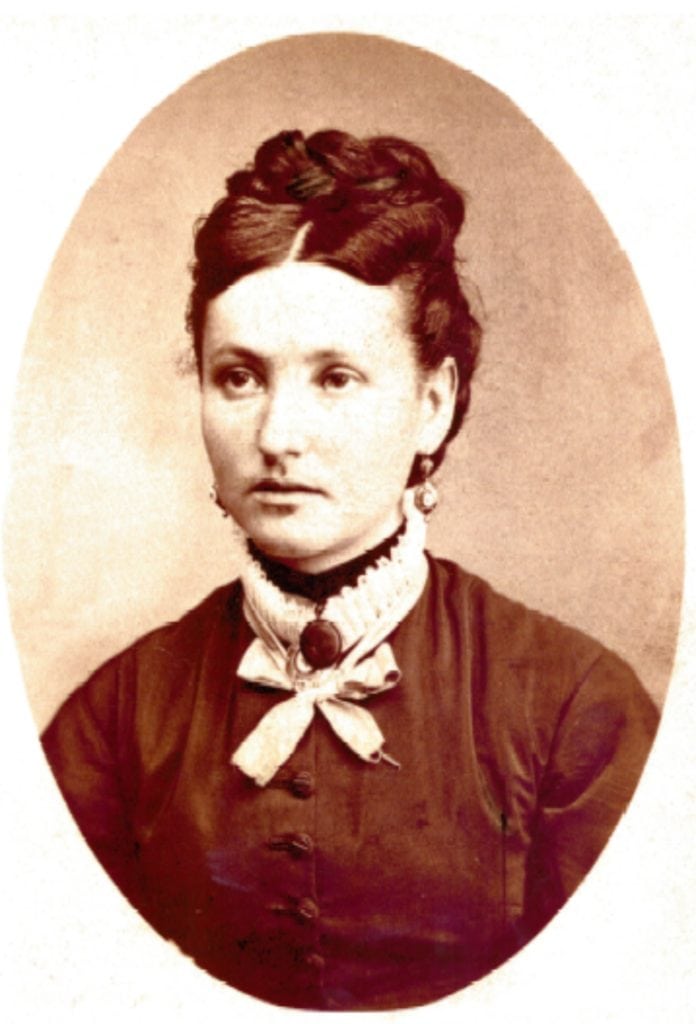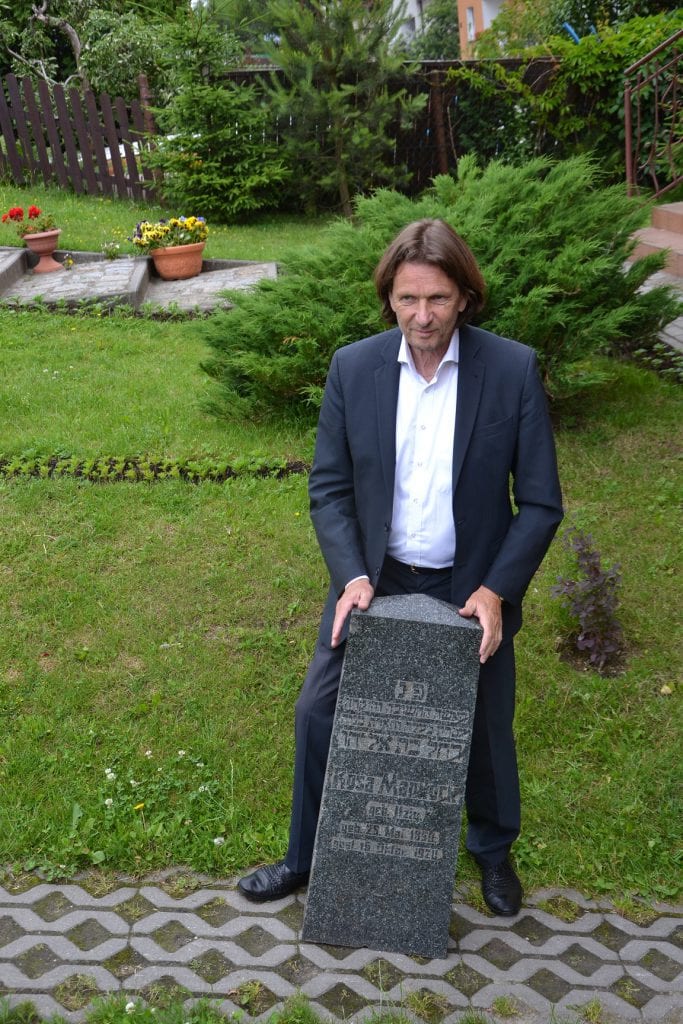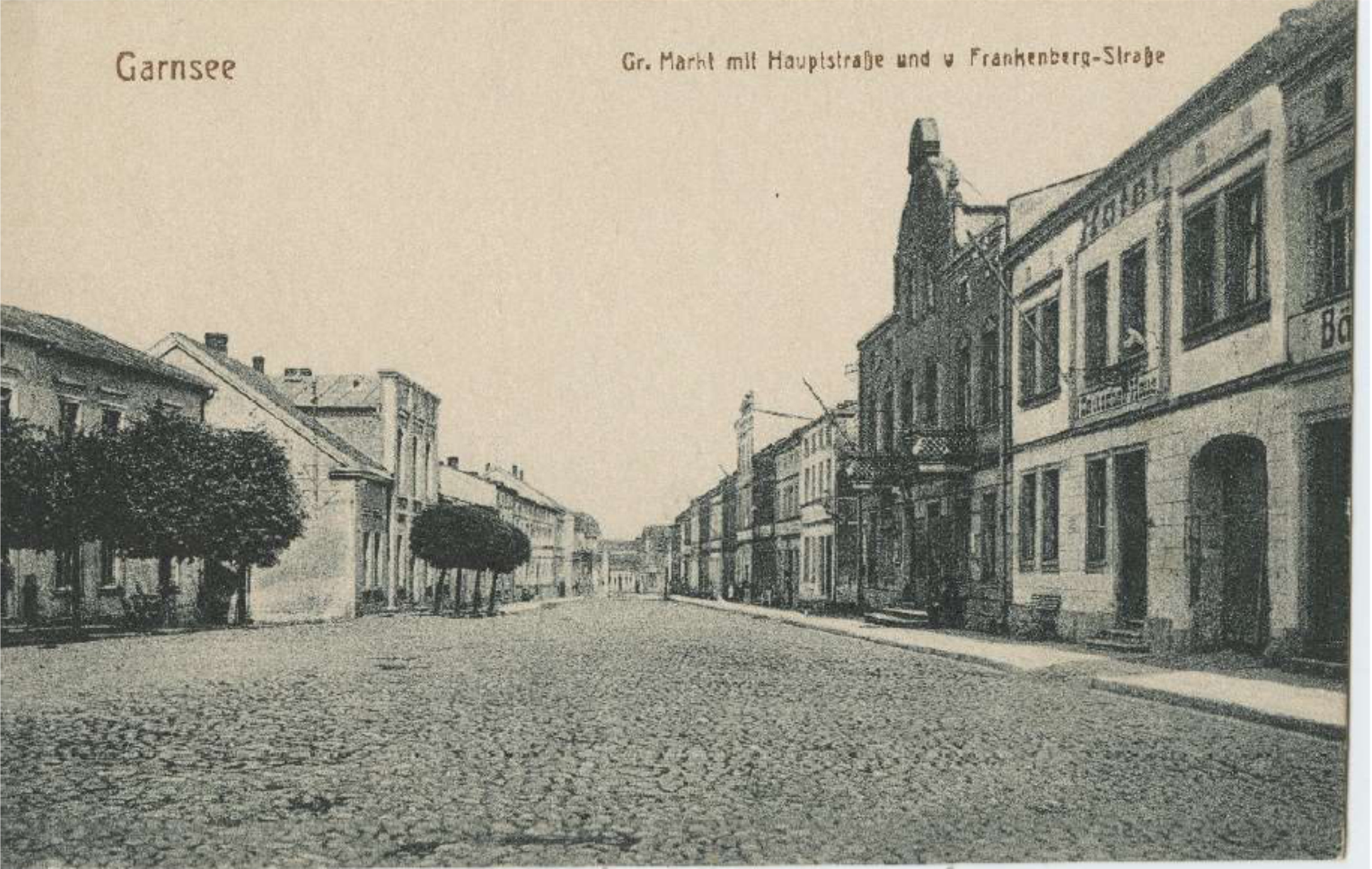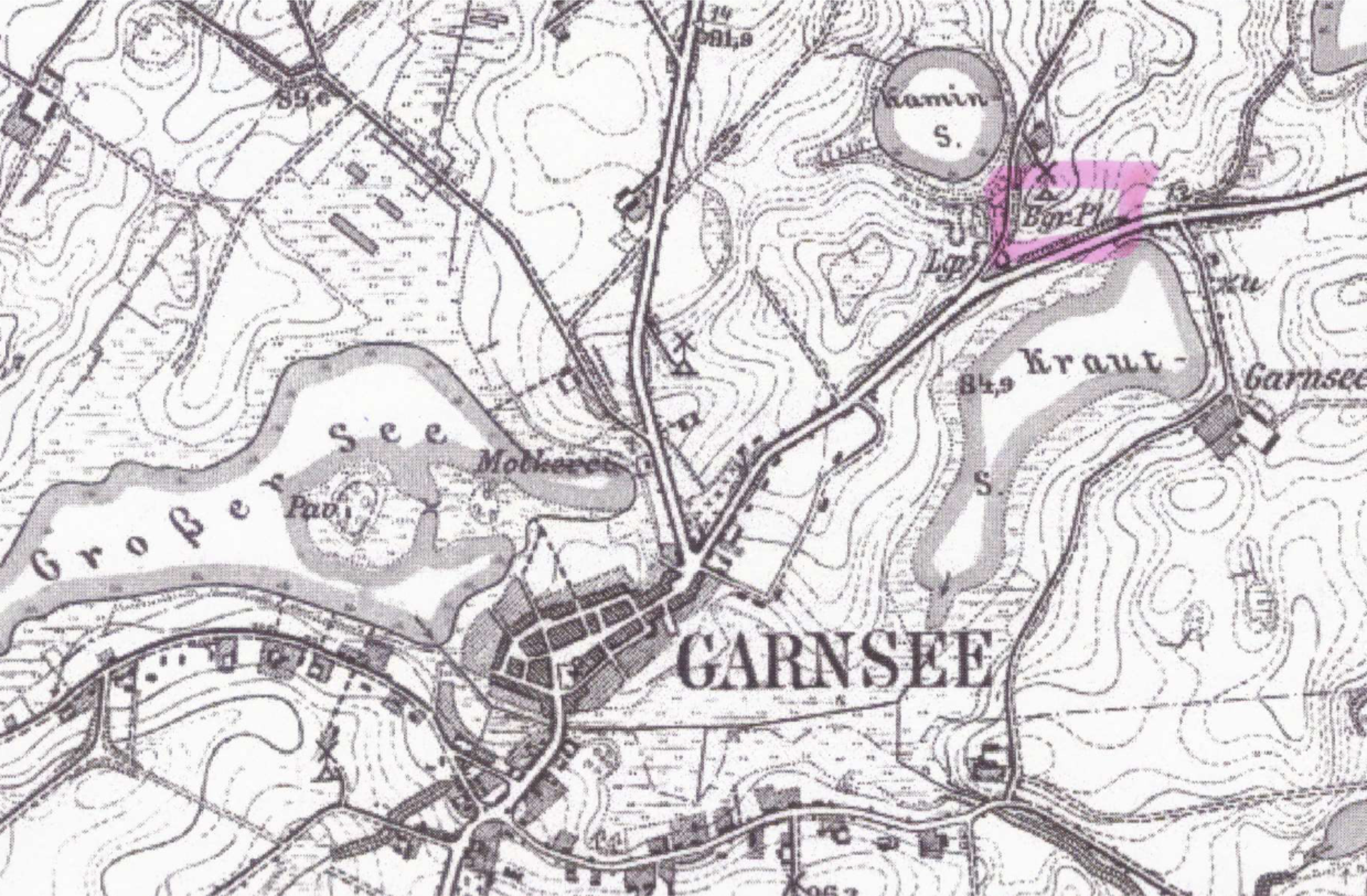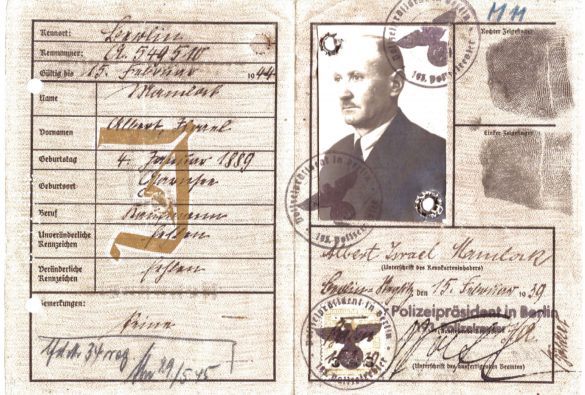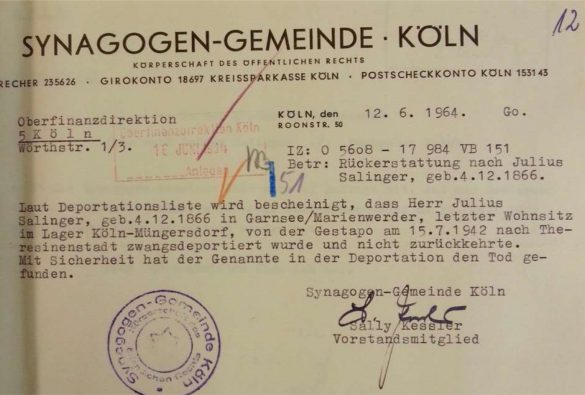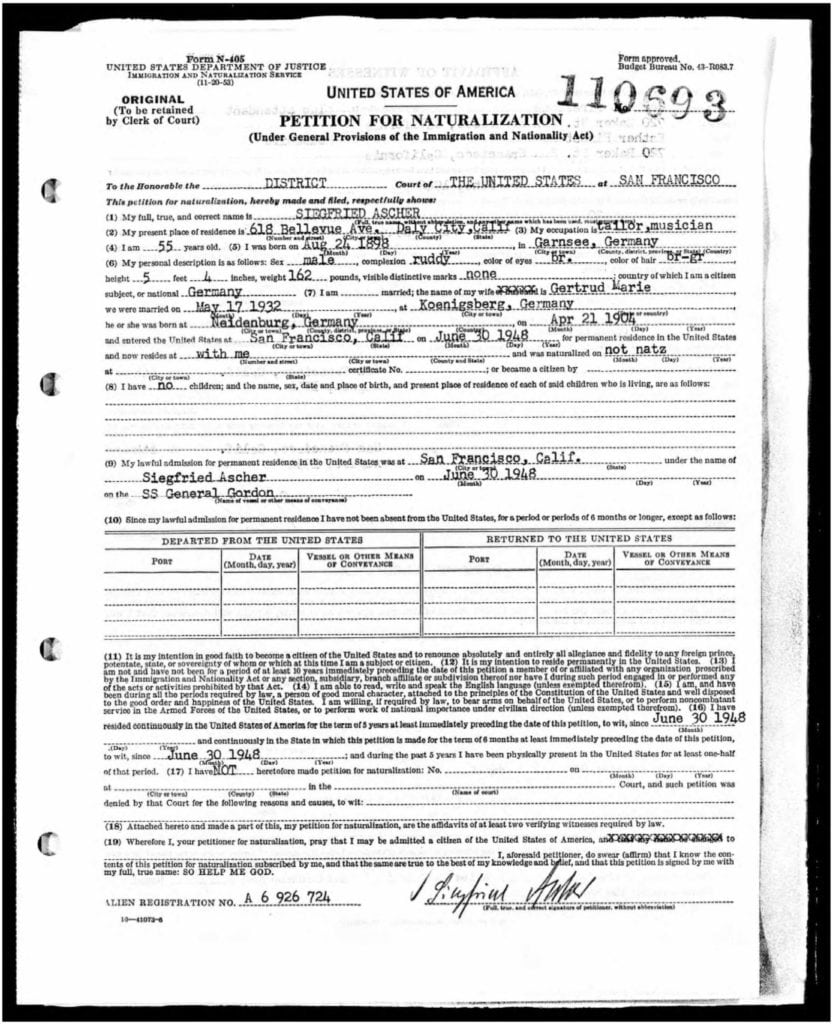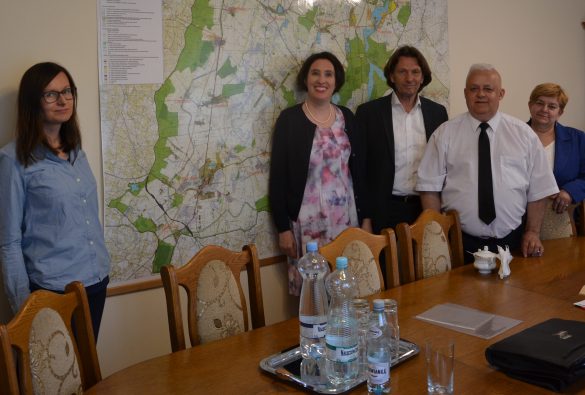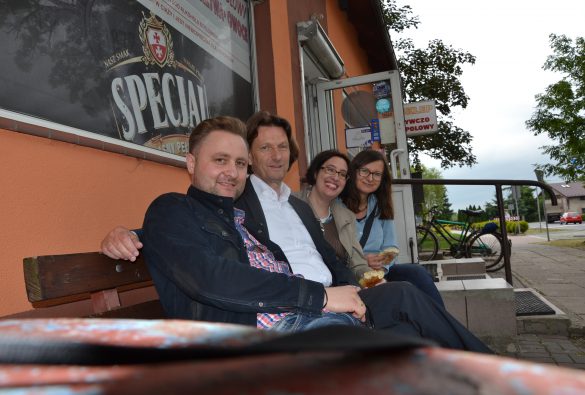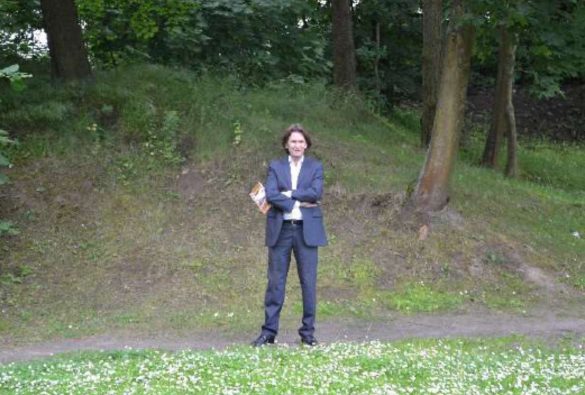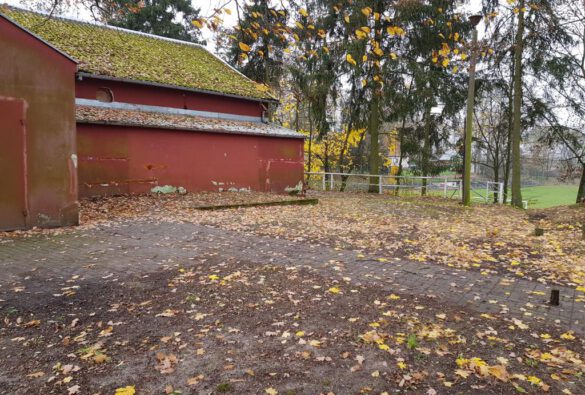Gardeja Memorial Republic of Poland
Jewish Garnsee –
the wonder of the emergence of a sunken world
“The drought of 2015 didn’t just plague the farmers. We can see the negative consequences of the lack of rainfall in the surrounding area. Yet for historians, those negative consequences are almost salutary. Even in the village of Gardeja, the drought has revealed secrets from decades ago. In one of the few large pools that were not drained in 1931, an interesting object reappeared in front of the eyes of the anglers there. At first, the anglers thought this item was a monument. Only after washing off the lake mud still stuck to it, did it become apparent that it was not a memorial but a stele from the Jewish cemetery. That stele was part of a grave in which Rosa Mamlock, née Itzig, was buried. She was born on 25 May 1850 and died on 16 October 1920.”
The rediscovery of this historically valuable stele raises a series of questions that have so far been hard to answer. In the German publications that relate to the history of Garnsee, we come across information that states that there was a Jewish community in the town. Members of this community were involved in commerce and the trades.
They had business connections to Marienwerder and, as the Garnsee branch community, were assigned to the synagogue in Marienwerder, which had existed since 1852. Although the Jewish community of Garnsee did not have its own synagogue, it did have a prayer room, which was on the first floor of the semi-detached house of the ironmonger Friedrich Gehrke at Graudenzer Strasse 1. It was accessed via a wooden staircase from the courtyard. The Jewish inhabitants of Garnsee did, however, have their own cemetery. It was inspected by Rabbi Dr Neufeld from Elbing in 1938 and the findings were passed on to the responsible Jewish community in Marienwerder. Neufeld reports, “The cemetery has a solid stone gate, which is even locked, but there is no need to lock it as there is no wall, no hedge, no fence. As a result, some of the graves, which are in no way protected, have already been overturned.”
Neufeld identified eleven grave sites and made a copy of all the gravestones that were still legible. The earliest burial was that of Lewin Simonsohn, who died on 18 January 1862. It can be assumed, however, that the cemetery was established much earlier, probably as early as 1812. The cemetery was on a small hill near Kaminsee lake. Only remains of the hill have survived until day. A sports field was set up there in 1938 and expanded in 1967.
An ordinance survey map printed in 1913 gives an indication of the cemetery’s location.
This research project would like to recall the memory of the Jewish citizens in Garnsee in Germany and in Poland and to once again give them a name, especially against the backdrop of National Socialist persecution.
When the project started, members of the German team visited the mayor of Gardeja, Mr Kwiatkowski, and the local council in June 2017.
An initial search led to the former Jewish cemetery by Kaminsee lake and the nearby pool.
A memorial is being built here with the help of the community. It offers space for groups of coaches, for tours and lectures.
In order to carry out this project, close cooperation between both countries is desired. The project is intended to build a bridge in understanding the difficult past of both countries. Human encounters and dialogues with the last surviving eye witnesses will help to continue German-Polish understanding.




